This post may contain affiliate links. If you make a purchase by clicking on these links, I may earn a small commission at no extra cost to you. Read the disclaimer for more information.
This is day 6 of my 24 day trek through the Khumbu region of Nepal -> View all posts for this trek
November is festival time in Nepal and the Tihar festival was in full swing while I was trekking along the trail from Jiri to Lukla. In the village of Nunthala, where I stayed for the night, the local boys of the village were singing and dancing in celebration, moving from house to house performing and collecting offerings. They even came into the teahouse I was staying in and we were all included in the celebrations. It was all wonderful and joyous and I’m glad that I got to experience it, but the singing and dancing went on all night and I got very little sleep, so I started off trekking the next morning with tired eyes and wobbly legs.

Mules being loaded up for the day in Nunthala

Walking through farmland on the trail outside of Nunthala. I have to cross the deep valley ahead of me and trek up the other side.
The trail from Nunthala continues down from the mountain pass that I had trekked over the day before, descending fairly rapidly down through forest along a similar rocky, muddy and unstable path; around 700 metres in total to the Dudh Kosi (milk river). This mighty river is fed from the huge glaciers that come off the high mountains to the north and give the water its milky blue colour, its source being the Ngozumpa Glacier which I would meet in about a week’s time in Gokyo.

One of the rare good sections of track along the rocky trail through the forest below Nunthala
I crossed the long suspension bridge which spans the river and stopped for a rest on the other side to let some mules past. I was now all of the way back down to 1510m and had lost all of the altitude I had gained, having dropped down over 1500m from the Trakshindu La. I would now be climbing for the rest of the day.

Crossing the Dudh Kosi – it’s all uphill from here.
A short but steep climb through terraced fields brought me into the charming, picturesque village of Jubing. This village is home to the Rai people who are characterised by the gold jewellery that they like to wear, most notably the huge nose rings that some of the women wear. I could have lingered in the village longer, but I still had a further 400 metres in altitude to gain to reach my lunch stop at the top of the ridge.

Trekking through terraced farm fields near Jubing

A house in Jubing
A long, hard slog up mostly stone steps through terraced fields and forest brought me puffing into Khari Khola at just over 2000 metres, sitting in a saddle at the top of the climb from the river below. Tihar festivities were still happening and there was more music and dancing while I sat at the teahouse in the saddle drinking a cup of coffee. While waiting for my lunch I took a stroll – or rather another small climb – up to the gompa (monastery) sitting on the ridge above in a beautiful setting overlooking the Dudh Kosi Valley. Young monks were busy sweeping the entrance and so I decided not to intrude, but the views were well worth the climb.

Looking towards the gompa on the top of the ridge in Khari Khola – I had lunch at the teahouse below.
From the top of the saddle the trail descended gradually through Khari Khola, another beautiful village filled with charming stone buildings and smiling faces that I felt deserved more of my time.

Walking through Khari Khola

Some local kids, all dressed up for Tihar, pose for a photo in Khari Khola
Just outside the village, I followed the trail across a stream and then began climbing again up through a picturesque scene of farmhouses and terraced fields of millet, just as the cloud began to come in. This would be my final climb for the day, around 400 metres in total to my stop for the night in Bupsa at the top of the ridge.

Looking back to Khari Khola on the climb up to Bupsa, the sun shines down through the cloud and haze.

View through the haze to terraced fields during the climb to Bupsa
The trail zigzagged up the mountain side rather than going straight up it and I was able to make fairly steady progress. It took me a total of 2 hours to gain the ascent from Khari Khola and I stepped into the village of Bupsa at 3pm – a record for me on this trek and worth celebrating with a beer and some much needed laundry, as well as a warmish shower to end another successful day of trekking in the Himalayas.

Bupsa

The Bupsa Gompa
Read on: Day 7 and 8 – Along the Dudh Kosi River to Phakding


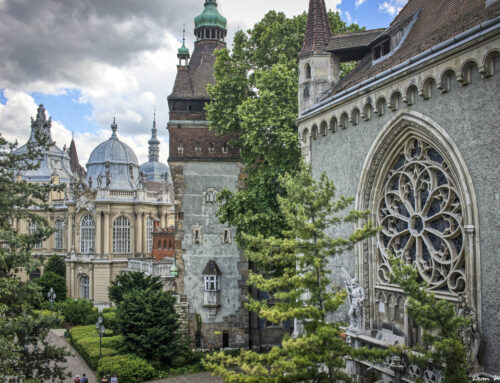
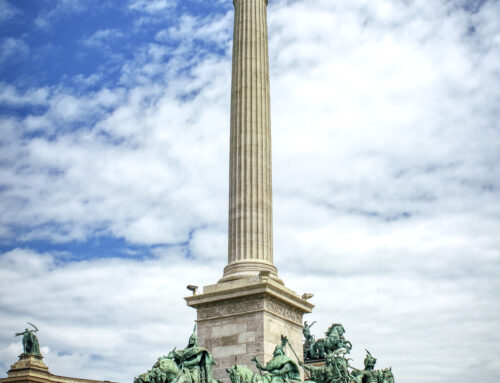
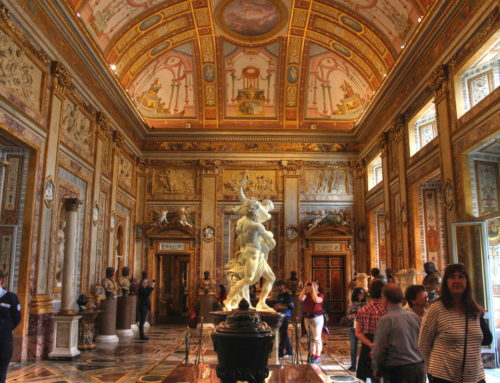
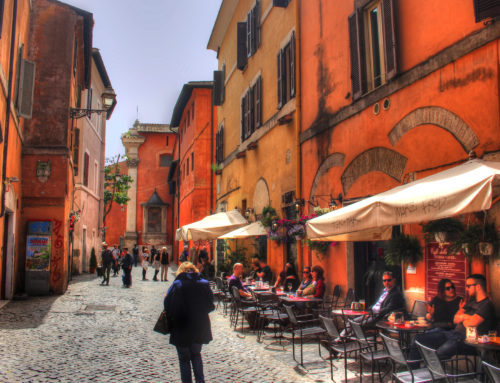
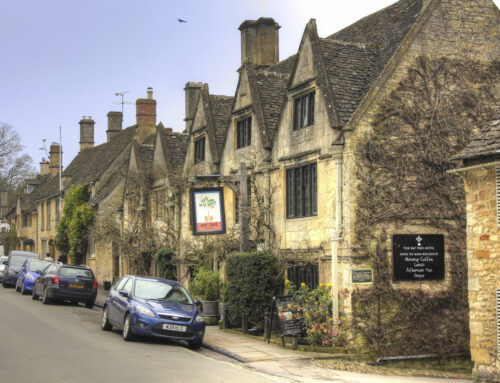
Nunthala is so underrated place. Someone has to write about it. Thank you Dean & team.
Have you ever been to Sailung Nepal? Its another amazing place to be in. I recommend you to give it a try.